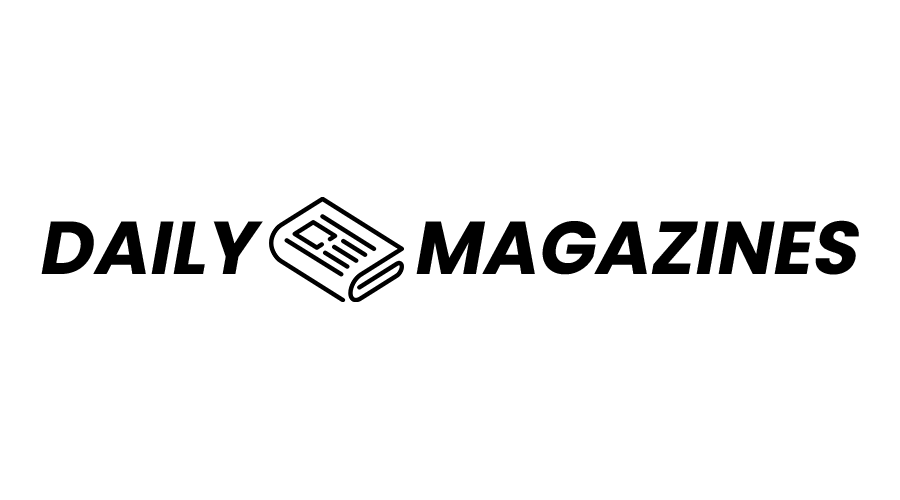In the realm of modern physiotherapy, dry needling has emerged as an effective technique for pain relief and muscle rehabilitation. Particularly in Grande Prairie, this method is gaining recognition for its ability to target and alleviate various musculoskeletal conditions. The skilled practitioners at GP Pain Physiotherapy Grande Prairie, are bringing relief to countless individuals through this innovative approach.
The Science Behind Dry Needling
Dry needling, a technique synonymous with Intramuscular Stimulation (IMS), is grounded in the principles of neuroanatomy and modern medical science. This procedure targets myofascial trigger points, which are taut bands in the skeletal muscle that could produce pain both locally and in referred patterns. The technique’s effectiveness lies in its ability to interact with the nervous system directly.
When the needle is inserted into a trigger point, it elicits a local twitch response, which is a brief contraction of the muscle fibres in that area. This response is critical as it leads to the release of muscle tension and can interrupt the pain cycle. The needle insertion also stimulates the body’s natural healing processes by increasing the flow of blood to the area and promotes the release of endorphins, which are natural painkillers.
On a deeper level, IMS works by altering the way the nervous system perceives pain. It can help to reset the neural pathways that have been sensitized by chronic pain conditions. This resetting is particularly important in conditions where the pain remains even after the initial injury has healed, a common scenario in chronic musculoskeletal disorders.
Dry Needling in Pain Management
In the context of pain management, dry needling in Grande Prairie has become a vital tool for physiotherapists. It is used to treat a variety of conditions, from acute sports injuries to chronic pain disorders. Here’s how it plays a crucial role in pain management:
Immediate Pain Relief
Many patients experience immediate relief from pain after a dry needling session. The release of muscle tension and the increase in endorphins can lead to a rapid decrease in pain levels.
Treatment of Chronic Pain Conditions
Dry needling offers long-term relief for individuals with chronic pain conditions, including injuries due to repetitive stress, lower back pain, and fibromyalgia. It is especially beneficial for those who have found limited success with other treatment modalities.
Enhancing Rehabilitation
Dry needling can accelerate the rehabilitation process by breaking the cycle of pain, muscle spasms and stiffness. This allows patients to engage more effectively in other therapeutic exercises and activities.
Reducing Muscle Spasm and Stiffness
By releasing tight muscle bands and decreasing muscle spasms, IMS improves flexibility and range of motion. This is specifically beneficial for athletes or individuals recovering from injuries.
The Procedure of Dry Needling
During a dry needling session, the physiotherapist will insert needles into the identified trigger points. The procedure is usually not painful, but patients may feel a twitch or cramping sensation as the muscle responds to the needle. The needles are left in place for a short period before being removed.
Conditions Treated with Dry Needling
Here are some of the key conditions that can be effectively treated with dry needling:
- Chronic Back and Neck Pain: Dry needling targets trigger points that contribute to persistent pain and stiffness.
- Tension Headaches and Migraines: By targeting the muscles in the neck and upper back, dry needling can reduce the muscle tension that often leads to tension headaches and migraines.
- Shoulder Pain: Conditions like rotator cuff injuries and shoulder impingement syndrome can benefit from dry needling, which helps to relieve muscle tightness and improve range of motion.
- Tennis Elbow and Golfer’s Elbow: These overuse injuries, causing pain in the elbow and forearm, respond well to dry needling, which aids in relaxing the muscles and tendons involved.
- Knee Pain: Patellofemoral pain syndrome and IT band syndrome can be treated with dry needling to alleviate muscle tightness and imbalance around the knee joint.
- Plantar Fasciitis: This can be managed with dry needling by targeting the muscles and fascia of the lower leg and foot, providing relief from pain and inflammation.
- Sciatica: Dry needling can be used to target the piriformis muscle and other areas contributing to sciatic nerve pain, offering relief from the discomfort associated with this condition.
- Hip Pain: Conditions like hip bursitis and muscle strains around the hip can be treated effectively with dry needling, helping to reduce pain and improve mobility.
- Muscle Strains and Sprains: IMS accelerates the healing process of muscle strains and sprains by enhancing blood flow and reducing muscle tension in the affected areas.
- Repetitive Stress Injuries: This includes conditions like carpal tunnel syndrome, where dry needling can help in managing pain and reducing the muscle tightness associated with repetitive movements.
- Fibromyalgia: For those suffering from fibromyalgia, dry needling can provide relief from widespread muscle pain and tender points, improving overall comfort and quality of life.
- Post-Surgical Pain: Post-operative muscle pain and stiffness can be effectively managed with dry needling, facilitating a quicker and more comfortable recovery.
Contraindications of Dry Needling
While many find dry needling to be an effective treatment, it may not be appropriate for all individuals. Those with a fear of needles, compromised immunity, bleeding disorders, or who are in the early stages of pregnancy are typically advised against this therapy. A consultation with a healthcare provider is necessary before opting for dry needling to ensure it aligns with one’s overall health condition and treatment plan.
Towards a Future Free from Pain: Embracing the Benefits of Dry Needling
IMS therapy Grande Prairie offers a unique and effective approach to pain management, addressing the underlying causes of musculoskeletal discomfort. In Grande Prairie, GP Pain Physiotherapy is providing dry needling, helping patients embark on a journey toward pain relief and improved physical function. Through their expert care, many have found a new lease on life, free from the constraints of chronic pain.


